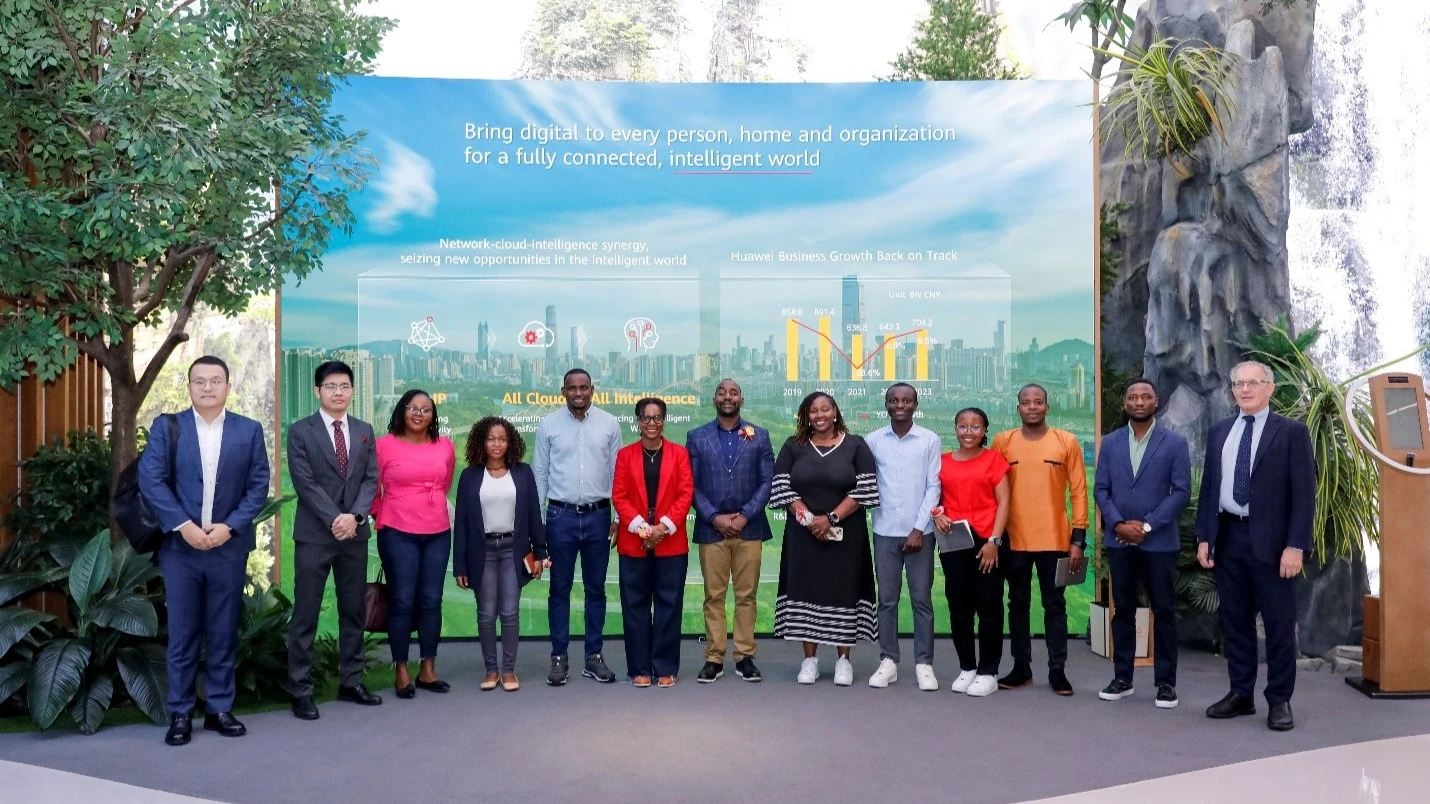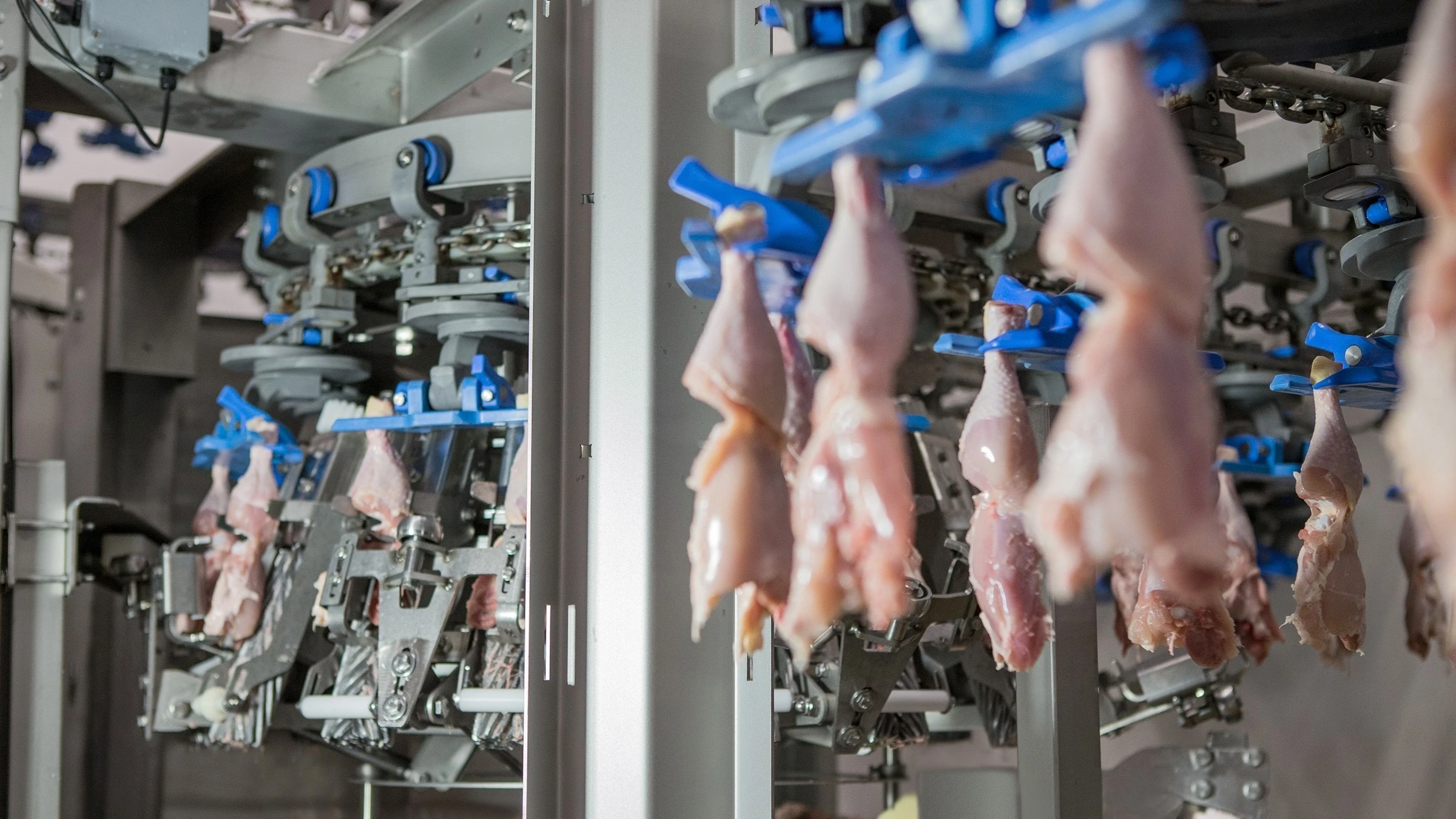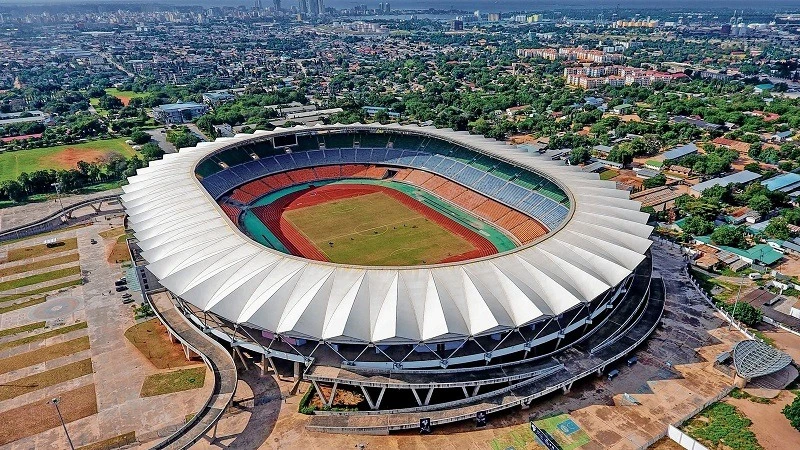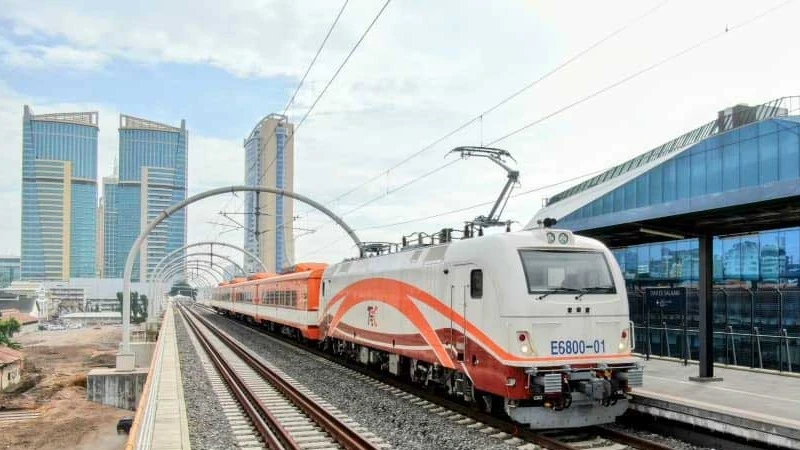The post-Covid revitalization of the global airline industry
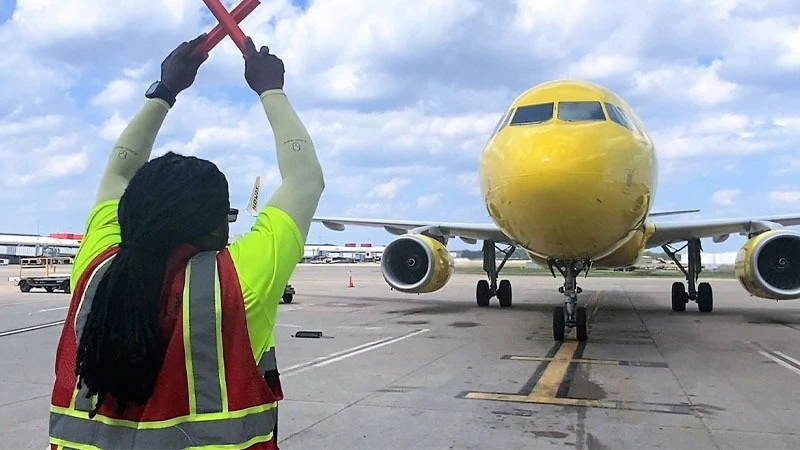
In 2023, the global airline industry rebounded from Covid challenges, achieving profitability after three years of losses. The International Air Transport Association (IATA) reported a net profit of $27.4 billion, surpassing previous projections a remarkable increase from the $3.5 billion loss in 2022.
It is noted that initially forecasted to be around $23 billion, the industry's performance exceeded expectations.
According to Statista, IATA's Director General, Willie Walsh hailed the industry's successful recovery from the pandemic, while also warning that the industry's profit margins remain "wafer thin."
"We deserve to celebrate the hard work that has brought our industry back from the brink, while acknowledging that we remain squeezed between a fiercely competitive environment downstream and the oligopolistic upstream supply chain’s lack of competition," Walsh said at the IATA's 80th Annual General Meeting in Dubai on Monday.
The IATA's Director General added: "onerous regulation" and persistent supply chain problems also stand in the way of sustainable industry-level profits.
Despite the positive financial outcomes, experts point out that the journey to full recovery is far from complete. Richard Aboulafia, Managing Director at AeroDynamic Advisory, notes that while passenger numbers are climbing, the industry faces significant structural issues.
"The increase in passenger volume is encouraging, but the industry needs to tackle rising operational costs and supply chain disruptions that have persisted post-pandemic. These factors can quickly erode the thin profit margins airlines are currently enjoying," said Aboulafia.
Echoing this sentiment, Andrew Charlton, Managing Director of Aviation Advocacy, stresses the impact of regulatory challenges. "The regulatory environment is becoming increasingly complex, with governments around the world imposing stricter environmental regulations. Compliance costs are rising, and airlines need to innovate rapidly to meet these demands without compromising profitability."
Supply chain issues have been a recurring theme in the airline industry's recovery narrative. According to aviation analyst Alex Macheras, the pandemic has exposed vulnerabilities in the global supply chain, particularly concerning aircraft manufacturing and maintenance.
"The oligopolistic nature of the aircraft manufacturing industry means that delays from a few key suppliers can have a ripple effect throughout the sector. Airlines are finding it challenging to expand their fleets or even maintain their current capacity due to bottlenecks in the supply chain," Macheras explains.
IATA's Walsh also pointed to the need for a more resilient supply chain. "We need to ensure that our supply chains are not only robust but also flexible enough to handle unexpected disruptions. This requires cooperation across the entire aviation ecosystem, from manufacturers to service providers."
Furthermore, sustainability is another critical aspect of the airline industry's future. The pressure to reduce carbon emissions and adopt greener technologies is mounting.
According to a report by the World Economic Forum, the aviation industry accounts for about 2-3 percent of global carbon emissions, and this figure is expected to rise. Experts argue that achieving long-term profitability will hinge on the industry's ability to transition to sustainable practices.
Paul Steele, IATA’s Senior Vice President for Environment and Sustainability, emphasizes the importance of investment in sustainable aviation fuels (SAFs) and innovative technologies.
"The transition to sustainable aviation is not just an environmental imperative but also a financial one. Airlines that lead in adopting SAFs and improving fuel efficiency will be better positioned to meet regulatory requirements and customer expectations, ultimately enhancing their profitability," he said.
Looking ahead, the IATA expects industry revenues to reach a historic high of $996 billion in 2024, as 38.7 million flights are expected for the year, just 0.2 million short of the 2019 supply. Passenger revenue is expected to reach $744 billion, exceeding the 2019 total by more than 22 percent, driven in part by an increase in passenger volume and in part by improvements in passenger yields.
Net profits are expected to climb to $30.5 billion this year, which is more than previously forecast but still not enough to build financial resilience and invest in a more sustainable future, according to Walsh.
Media reports has that the airline industry is on the path to sustainable profits, but there is a big gap still to cover. A 5.7 percent return on invested capital is well below the cost of capital, which is over 9 percent. And earning just $6.14 per passenger is an indication of just how thin our profits are - barely enough for a coffee in many parts of the world.
Moreover, the path to a robust and resilient global airline industry is fraught with challenges, but it is also paved with opportunities for innovation and growth. Industry leaders and experts agree that collaboration, regulatory adaptation, and a strong focus on sustainability will be key to navigating the post-pandemic landscape.
As John Strickland, Director of JLS Consulting, aptly puts it, "The recovery is a testament to the resilience and adaptability of the airline industry. However, sustaining this recovery will require airlines to not only manage current challenges but also anticipate future disruptions. Strategic investments in technology, sustainability, and supply chain resilience will be crucial in shaping a profitable and sustainable future for aviation."
Therefore, while the airline industry has made significant strides in recovering from the depths of the COVID-19 pandemic, it must continue to evolve and adapt to ensure long-term sustainability and profitability. The delicate balance between navigating immediate operational challenges and investing in future growth will determine the industry's trajectory in the years to come.
Top Headlines
© 2024 IPPMEDIA.COM. ALL RIGHTS RESERVED


